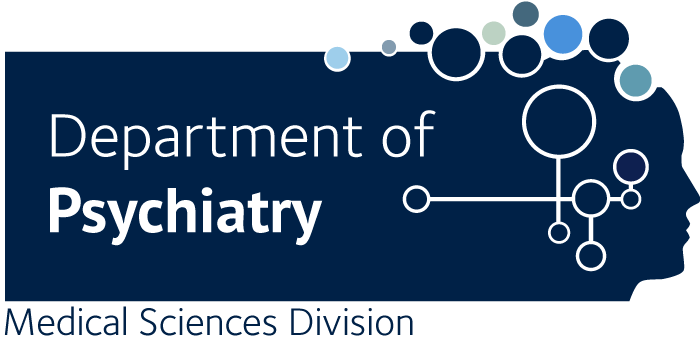Asymmetric amplitude modulations of brain oscillations generate slow evoked responses.
Mazaheri A., Jensen O.
Electrophysiological data measured by electroencephalography and magnetoencephalography (MEG) are widely used to investigate human brain activity in various cognitive tasks. This is typically done by characterizing event-related potentials/fields or modulations of oscillatory activity (e.g., event-related synchronization) in response to cognitively relevant stimuli. Here, we provide a link between the two phenomena. An essential component of our theory is that peaks and troughs of oscillatory activity fluctuate asymmetrically; e.g., peaks are more strongly modulated than troughs in response to stimuli. As a consequence, oscillatory brain activity will not "average out" when multiple trials are averaged. Using MEG, we demonstrate that such asymmetric amplitude fluctuations of the oscillatory alpha rhythm explain the generation of slow event-related fields. Furthermore, we provide a physiological explanation for the observed asymmetric amplitude fluctuations. In particular, slow event-related components are modulated by a wide range of cognitive tasks. Hence, our findings provide new insight into the physiological basis of cognitive modulation in event-related brain activity.

